Scornicești is small Romanian village of less than 12000 people. Under usual circumstances the place should not be known for anything, except for a few things. Firstly the village has a huge football stadium and once housed one of the best clubs in the country; secondly it was supposed to the model for the “new socialist man” and lastly it was the birthplace of a certain Nicolae Ceaușescu,
Birthplaces of despots – a love/ hate thing
Birthplaces of dictators tend to be very surreal affairs. While many have become caricatures of evil, or even national embarrassment for their hometowns the relationship tends to be different.
Leaders of various persuasions have tended to look back longingly at their hometowns and have often looked after their immediate family, tribe, or simply just deified their upbringing.
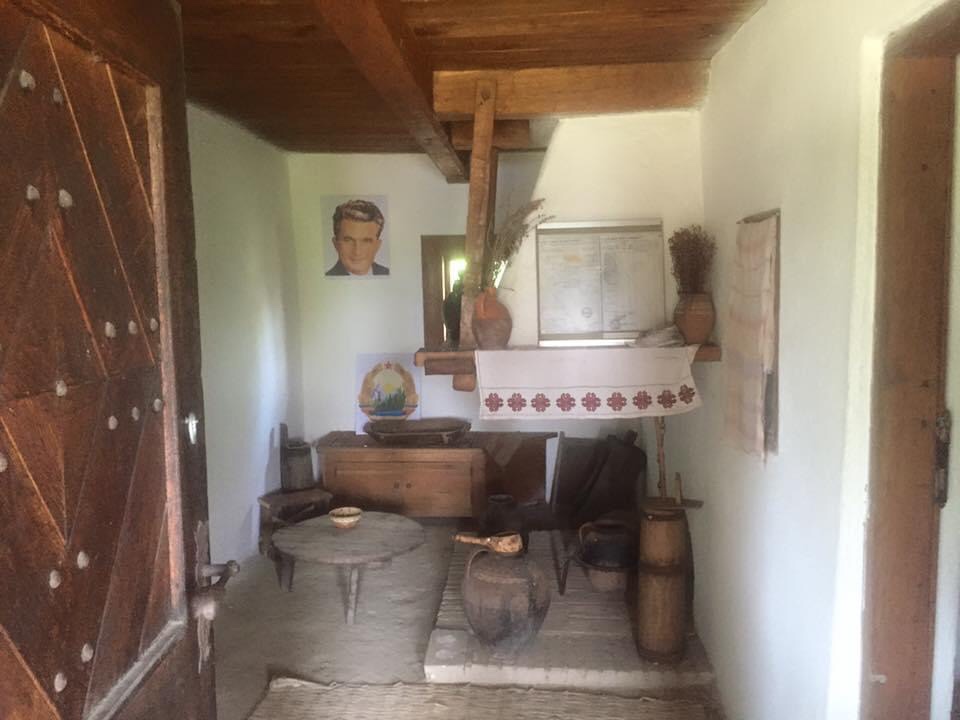
This has been seen in numerous places, such as in Goris, the birthplace of Stalin, where there were actually riots, to Sirte in Libya where people are likely to vote for Gaddafi Junior in the upcoming Libyan elections. I even saw graffiti in Gyrocaster, Albania extolling the virtues of Enver Hoxha.
You can read about the upcoming Libyan elections here
Scornicești has elements of this, but in a much more sombre, passive, but very visual sense.
Where is Scornicești?
Scornicești lies in the countryside of the historical region of Muntenia a mere few hours from the capital of Bucharest.
The town administers 13 villages (Bălțați, Bircii, Chițeasca, Constantinești, Jitaru, Mărgineni-Slobozia, Mihăilești-Popești, Mogoșești, Negreni, Piscani, Rusciori, Șuica and Teiuș) and has a total area of 170 km².
Scornicești is the main town and administrative capital. Nowadays it is not an important place, save for those on the dark tourism trail, but for a period it was one of the most important places in Romania.
To read about dark tourism click here.
History of Scornicești
Scornicești was the birthplace of communist leader Nicolae Ceaușescu, who lived here until the age of 11. During the reign of Ceaușescu many relatives of the paramount leader of Romania remained in the village, so much like other birthplaces of such leaders it tended to fare better than other places in Romania when it came to things such as food supply and infrastructure.
In 1988, shortly before the downfall of the regime, Scornicești was elevated from village to city, with bulldozers brought in to destroy the village buildings and replace them with tower blocks – of course whilst leaving Ceaușescu’s birthplace untouched.
The plane was to turn the area into a “model city” for the New Socialist Man, or New Soviet Man – a concept we will deal with in more depth later.
After the fall of the regime these plans were obviously shelved and the “city” was again relegated is status. Yet while most signs of the communist regime were removed the birthplace of Nicolae Ceaușescu was to remain intact and well looked after by his kin.
The Strange tale of FC Olt Scornicești
If you were the paramount uncontested leader of your country then making your hometown club a major player in the national football scene might be the kind of thing you would do.
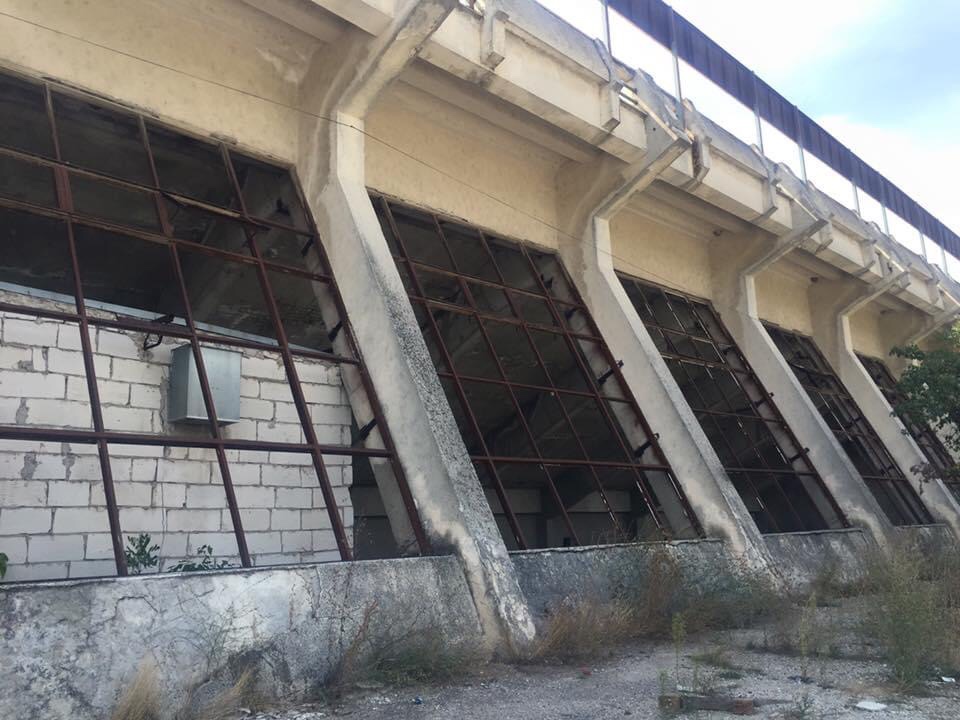
FC Olt Scornicești were promoted to Division C in 1974, before promotion to the second tier of Romanian football in 1978. In the last round of the 1978–1979 Divizia B season the club seemingly had an insurmountable goal difference to make up to gain promotion to the top flight – but they defeated Electrodul Slatina with 18–0. There is a story that the club president of the time, having misunderstood how many goals would be needed, got the players of both towns out of the showers at full time to score a few more goals. And that was not even weirdest thing to happen in Romanian football at the time.
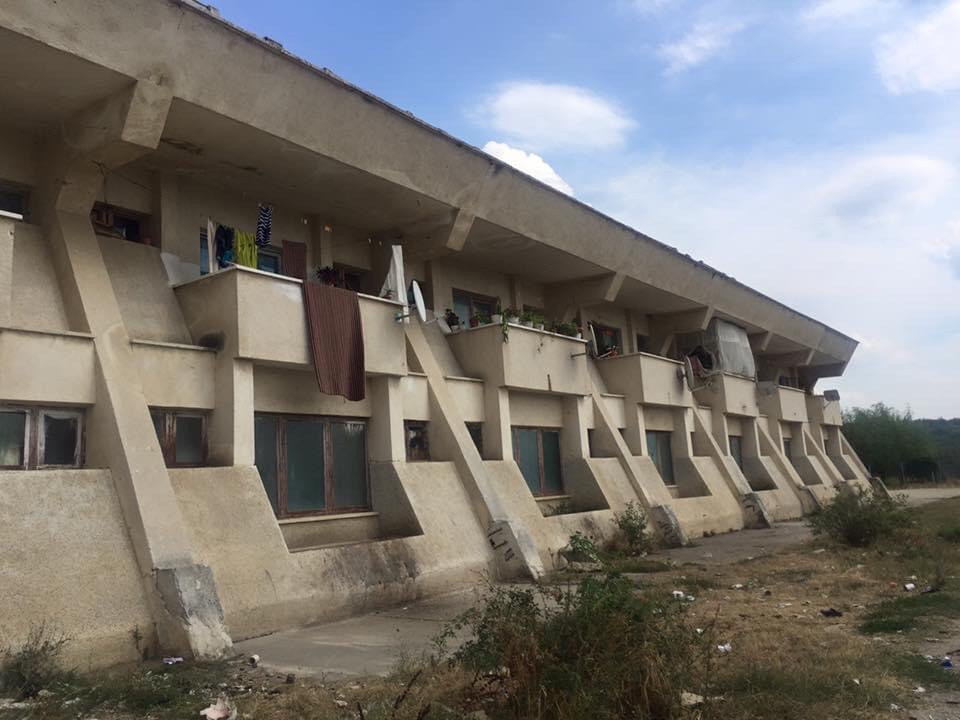
To read about the contested Romanian cup final click here.
The club had a huge stadium built, and spent the next ten years in the top flight of Romanian football through the patronage of their most famous son. Their highest finish was 4th in the 1981-82 season. After the fall of the communist regime they were forcibly relegated, along with a number of other communist funded teams.
In modern times the club has not managed to achieve anything higher than second tier status, and are unlikely to barring another communist revolution, despite having probably the biggest stadium of any regional Romanian club.
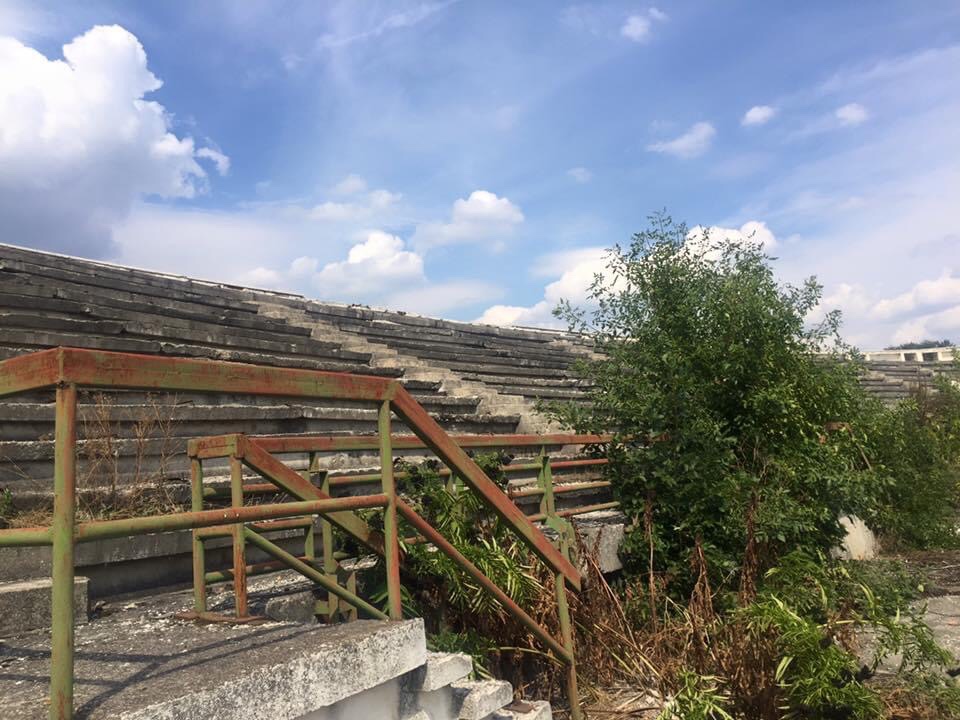
The FC Olt Scornicești Stadium
The FC Olt Scornicești Stadium lies in the centre of the town and is typical of communist Romanian design and indeed epitomises the regime’s fall from grace. The stadium is still very large, but sections of it have been converted into all manner of things including apartments, office space and car repair shops. Capitalism has repurposed this former communist relic.
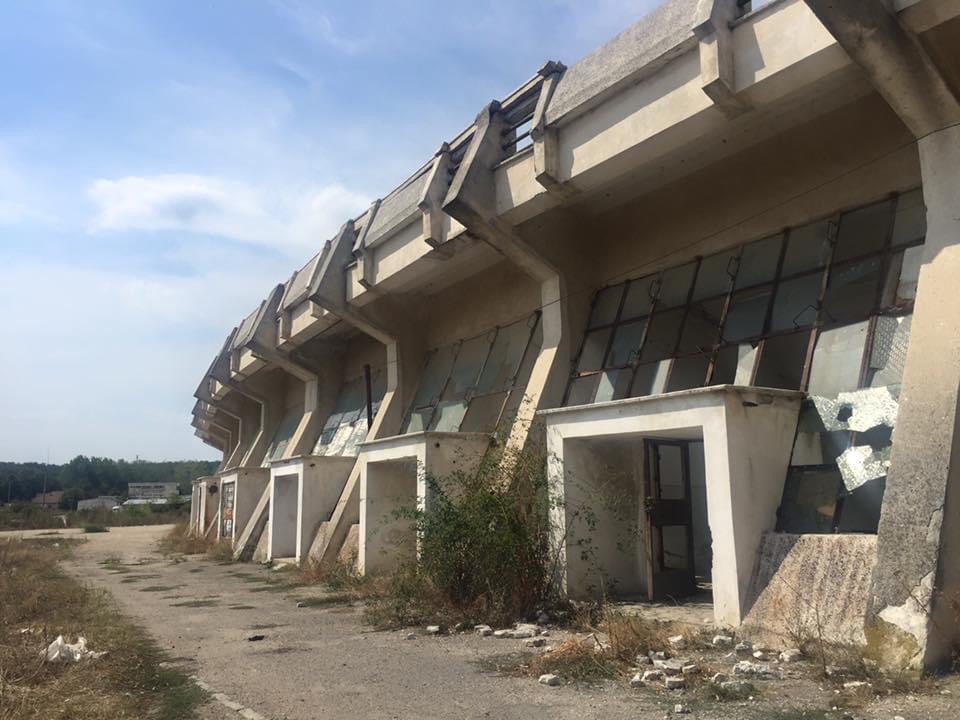
The native house of Nicolae Ceaușescu
It is still possible to visit the immaculately kept native home of the former leader of Romania, with it being preserved in a very communist fashion. This was of course a place of homage and internal tourism back in the day.
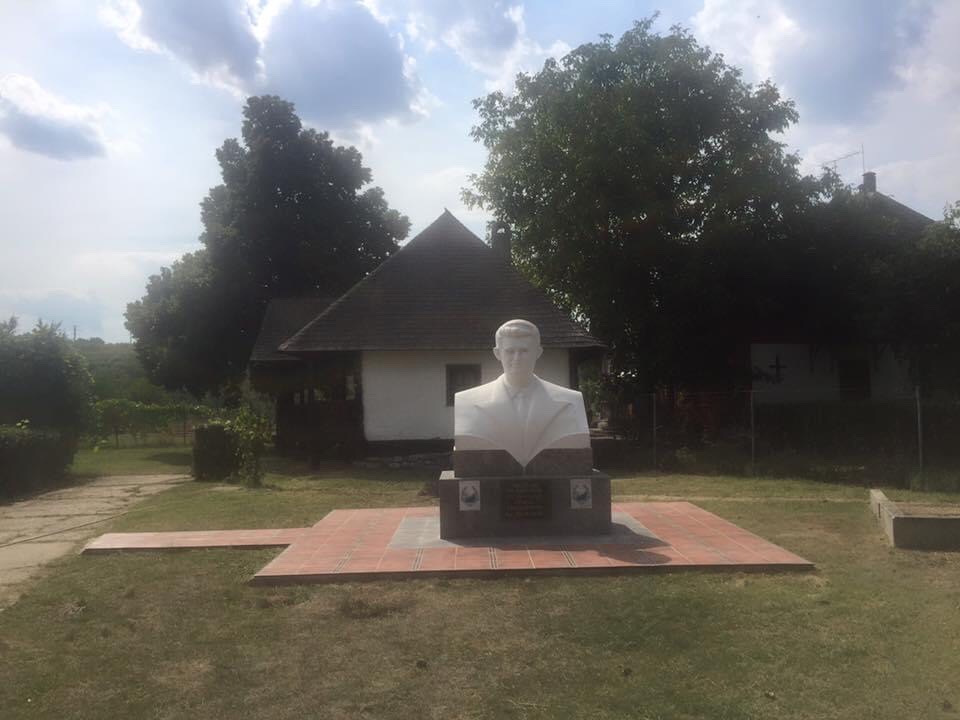
The highlight, aside from the surreal nature of the house, is the huge bust of Nicolae Ceaușescu that sits outside of his home.
What do the residents of Scornicești think of their late leader?
There are still many relatives of Nicolae Ceaușescu in the region, who by and large tend to concentrate on the positives of the regime. It should also be remembered that much like in places like Anlong Veng the area was booming during the late leader’s reign. Nowadays, booming it is not, with the only tourists coming because of the ex-leader.
Scornicești therefore exists in a very strange middle-ground, still inextricably tied with its past, while trying to move on in the brave new capitalist world.
To see Scornicești for yourself check out our Dark Romania extension which can be done as part of a tour to Romania, or as a standalone independent tour.





